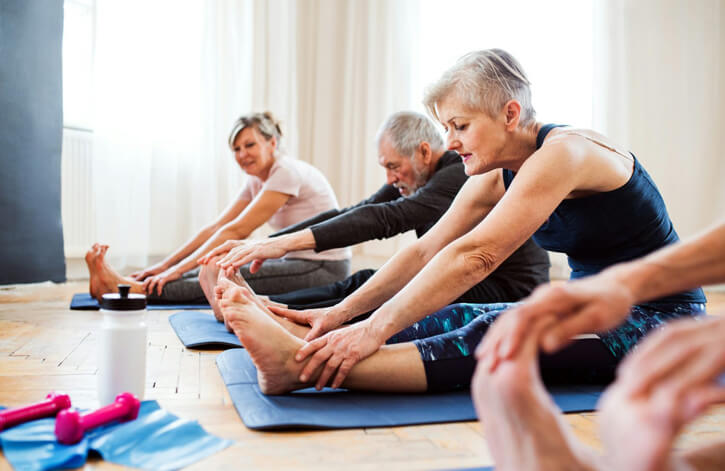As we age, maintaining health and independence becomes increasingly important. Two key pillars—strength and mobility—play a vital role in ensuring a high quality of life and reducing the risk of injury. This presentation from Andrejs Birjukovs explores why these elements are essential and how they can be preserved through proactive training.
Highlights
- 💪 Strength and mobility are essential for healthy aging.
- ⏳ Strength loss accelerates after age 40-50.
- 🦵 Stabilizing muscles support posture and balance.
- 🏋️♂️ Overall muscle strength includes functional exercises like squats and bench presses.
- ⚠️ Muscle atrophy reduces quality of life and daily function.
- 🚶♂️ Weak stabilizers increase risk of falls and injuries.
- 👵 Maintaining muscle strength helps prevent serious age-related injuries.
Key Insights
💪 Importance of Strength and Mobility
Maintaining both strength and mobility is critical as they are the foundation for functional independence in older adults. Without them, daily tasks become challenging.
⏳ Accelerated Muscle Loss After Midlife
Research shows that after 40-50 years, the rate of muscle loss speeds up, emphasizing the need for proactive training to slow decline.
🦵 Role of Stabilizing Muscles
Stabilizers such as those in the upper back and hips play a key role in posture and balance; their weakening increases the likelihood of falls, a common cause of severe injury in older adults.
🏋️♂️ Strength Beyond Big Lifts
Strength is not just about heavy lifting but also about functional capacity, including the ability to perform everyday movements safely.
⚠️ Muscle Atrophy’s Impact on Quality of Life
Loss of muscle mass and strength reduces physical capabilities, making routine activities more difficult and sometimes impossible without assistance.
🚶♂️ Injury Risk from Weak Stabilizers
When stabilizing muscles weaken, the risk of falls increases, which can lead to serious consequences like hip fractures, potentially diminishing longevity and independence.
👵 Preventative Benefits of Training
Regular strength and mobility training can mitigate these risks, improving overall health outcomes and promoting a longer, healthier life.
Andrejs Birjukovs is a certified coach and multisport athlete with a background in swimming, kayaking, marathon and trail running, as well as long-distance triathlons. Throughout his professional athlete and coaching careers, Andrejs has learned the value of reinventing oneself through physical exercise and lifestyle changes. He is an IRONMAN certified coach and runs The Athlete Blog where he shares his training and coaching experience with the world. He is the author of The Resilient Athlete.





